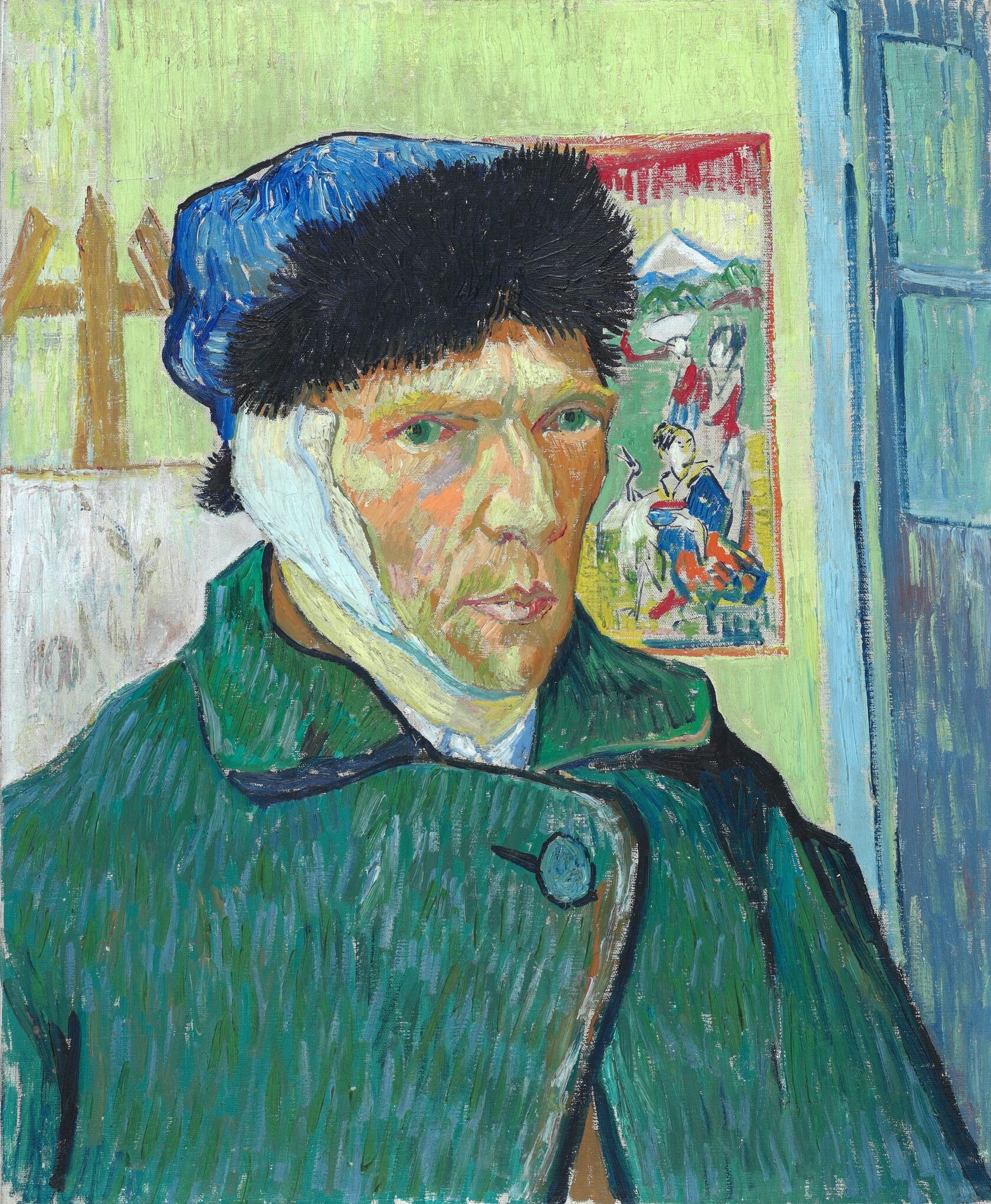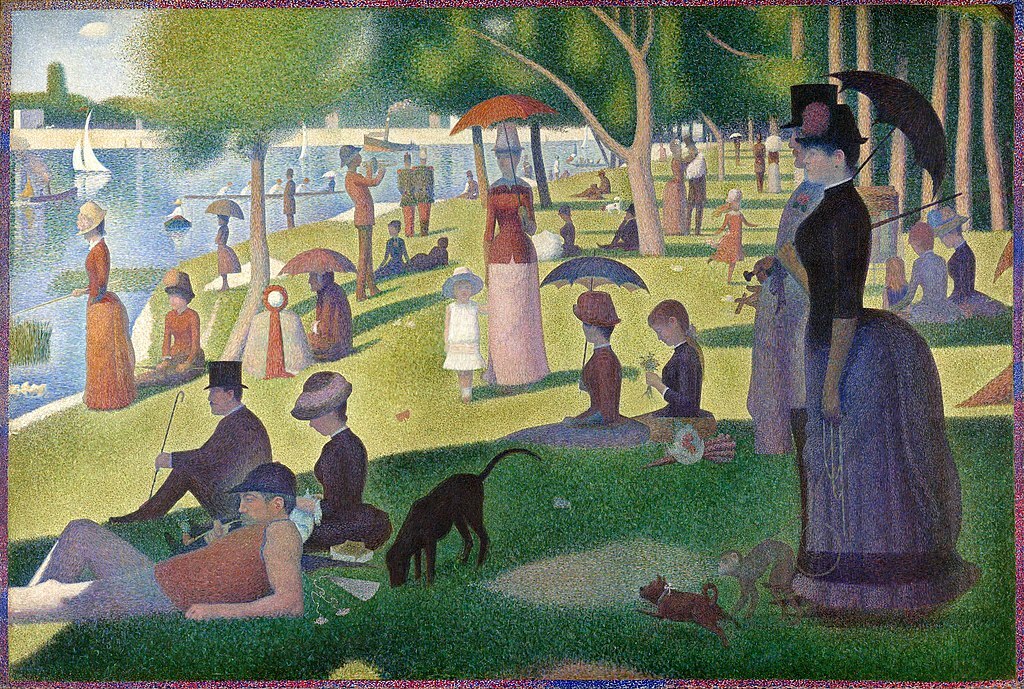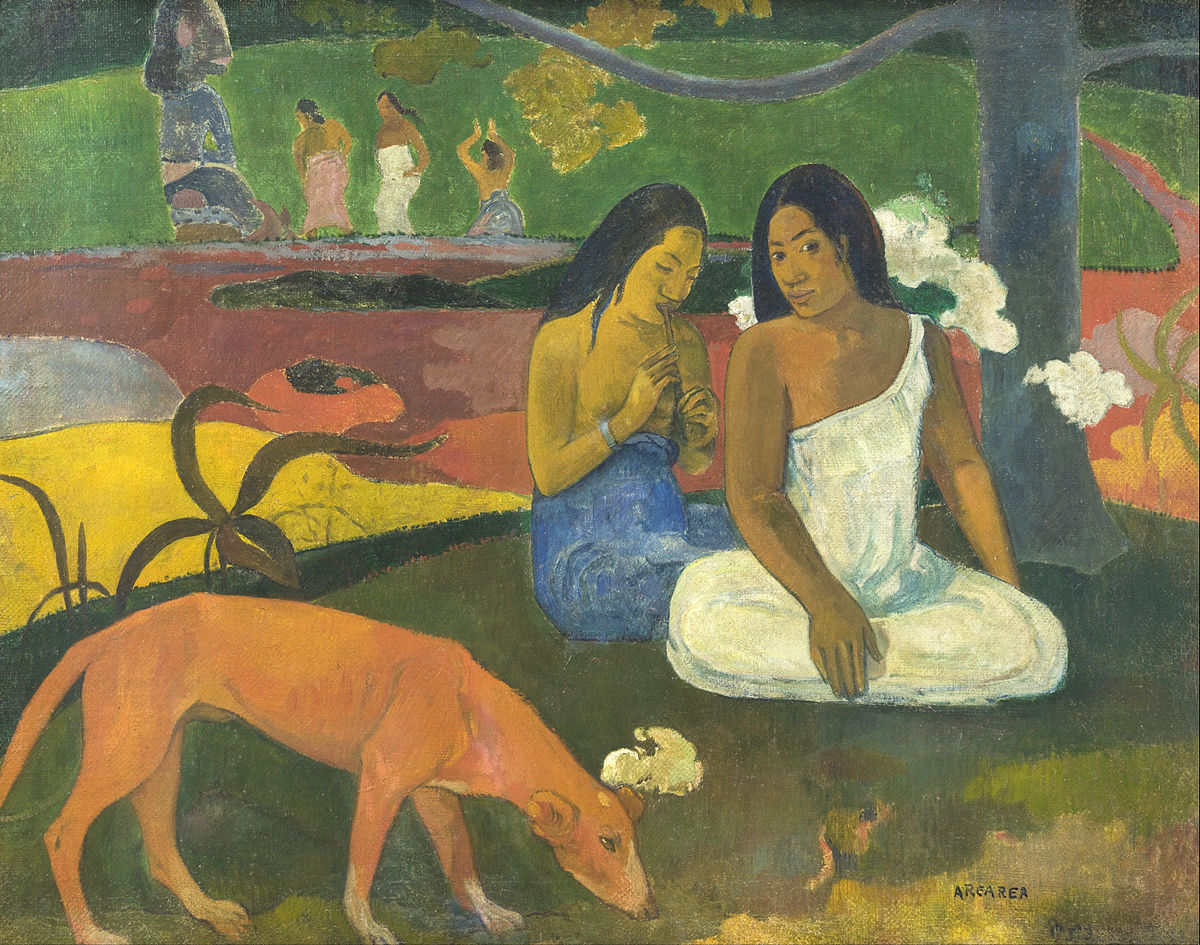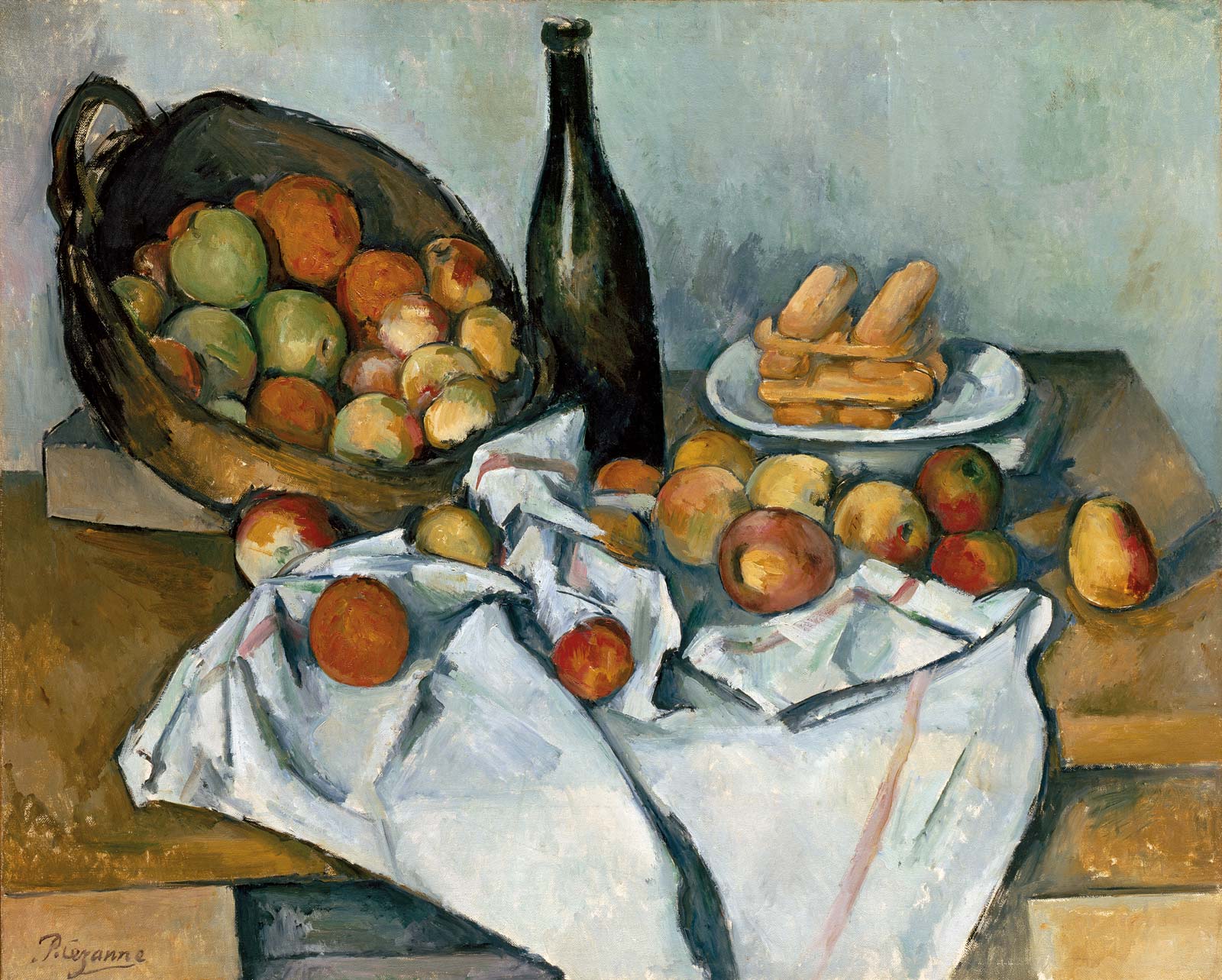You have surely seen some of these paintings. And you’ve surely heard some of the names associated with them - Vincent Van Gogh, Paul Gauguin, Paul Cezanne… All of these masterpieces represent the art movement that radically transformed the world - and greatly influenced the art that you love to this very day. It’s called Post-Impressionism. In this episode from Curious Muse, we will find out more about this famous, pivotal period in art history.
Art has always been about expression and creativity but there was a time, centuries ago, when it was very rigid and set in its ways. The impressionist era revolved around finite, realistic depictions of the world. Beautiful, classic...but maybe a bit boring? That’s what several up-and-coming artists thought. Vincent Van Gogh, Paul Gauguin, Georges Seurat, Paul Cezanne. These revolutionaries all carried one common belief: they thought art was supposed to make people feel things. It was supposed to portray the world around them as well as real, tangible emotions through abstract techniques and forms. They didn’t know it but they were creating a fresh artistic movement that would shake up the world: post-impressionism.
Post-impressionists used daring, vivid colors, and abstract shapes to create astonishing visual effects. This was a stark difference in the ways that the world was viewed and portrayed before.

Let’s take a look at the four best-known artists to ever do it. First we have Vincent Van Gogh, a man so famous that his name is synonymous with modern art. The Dutch painter truly needs little to no introduction. During his prolific career Van Gogh created many masterpieces using his signature expressive brushstrokes and brilliant colors. By using these revolutionary techniques, Van Gogh showed us parts of his inner world, rich with emotions that were sometimes tortured by his inner demons. When we observe his iconic Self-portrait with a Bandaged Ear we witness an artist in a fragile mental state. We cannot hear Van Gogh and yet this work speaks for him and creates a universal and relatable pain that is downright palpable. While so much art before post-impressionism was about beautiful vistas and landscapes, this style of art invited observers to see the landscape of the soul.
Van Gogh knew just how radical his work was - and how challenging too. He even wrote to his brother Theo and told him “People say – and I’m quite willing to believe it – that it’s difficult to know oneself – but it’s not easy to paint oneself either.”

Georges Seurat preferred a more scientific approach to painting. That’s why he focused on theories related to optics and color. Seurat’s best-known artwork is called A Sunday Afternoon on the Island of La Grande Jatte. The theme of the painting seems very impressionistic, showing members of Parisian society enjoying their day out on the river. However, the ways in which Seurat painted was distinct, novel and new! He mastered a radical technique that became known as pointillism. Based on that name, you won’t be surprised to hear that pointillism consists of an artist using tiny dots of pure colors like violet, blue, green, yellow, orange, and red. The colors weren’t mixed on a palette as they typically are. Instead, they were placed next to each other directly onto the canvas. The idea was to achieve a kind of optical mixture when looking at the artwork.
Next up is Paul Gauguin. Gauguin crafted his post-impressionist works using brilliant, vivid colors and simple forms. During his life, Gauguin traveled extensively and went all around the world in hopes of locating inspiration. He went to Brittany, then Arles, where he shared a house with Van Gogh for two turbulent and troubled months. Now an accomplished world traveler, Gauguin then visited Martinique, Panama, and lived in Tahiti for the majority of the last 12 years of his life. It was there that he made some of his best-known works, but he led quite a problematic lifestyle. He was known to engage in sexual relationships with Tahitian teenage girls for many.

Gauguin’s work shows how many experts, critics, and historians have to view art as a product that is both independent of its creator but also heavily influenced by him too. Does art exist without the artist? Can you judge art without approving of the person behind it? Gauguin remains a challenging - but undeniably accomplished - figure in the world of art history.
Paul Cezanne, was all about excellence. A perfectionist in so many ways, this famous painter liked to slave over his work for long hours, focusing on each and every detail meticulously and never settling for anything short of flawlessness. His wife Marie-Hortense spent countless hours posing for Cezanne and was known to complain about having to sit still for so long in one position. Therefore, painting still lives was ideal for the French artist because there wasn’t anyone who could get bored with posing.

In his post-impressionist paintings of various fruits laid out on the table, Cezanne abandoned the traditional perspective and played with portraying objects from multiple sides. He was fundamentally changing how artists portrayed the real world and, because of that, was also fundamentally changing how art fans saw the real world.
---------------
Post-impressionism changed the world. Major art movements like Fauvism, Cubism,
and Expressionism all would not have been possible without what was started by Van Gogh and others. Their explorations of abstract forms paved the way for scores of artists in the 20th century and beyond.
